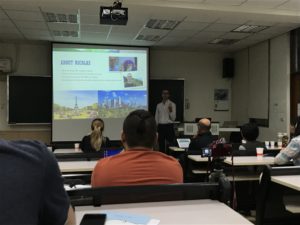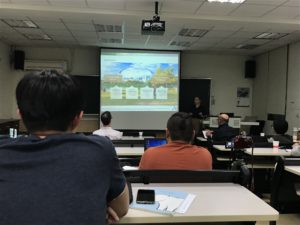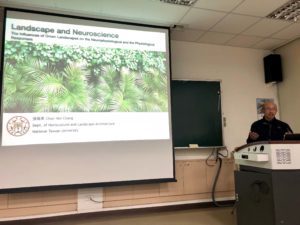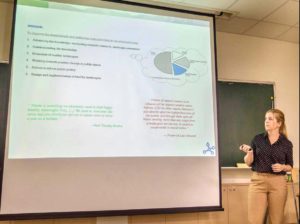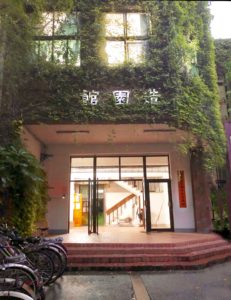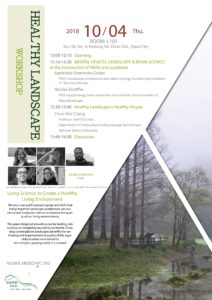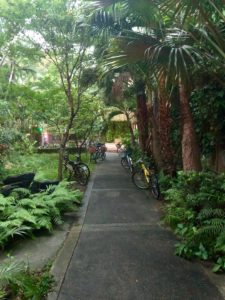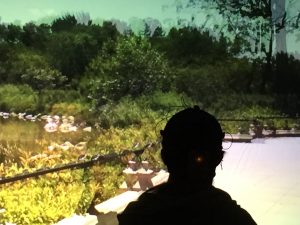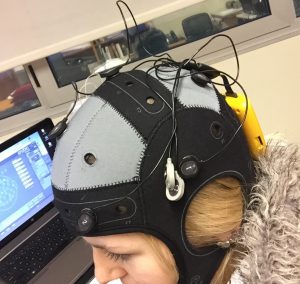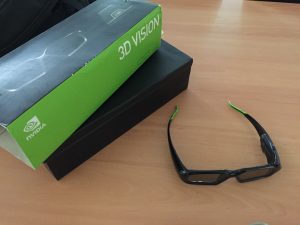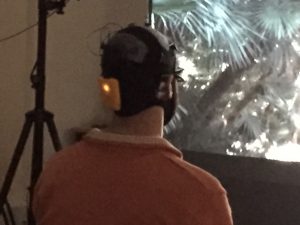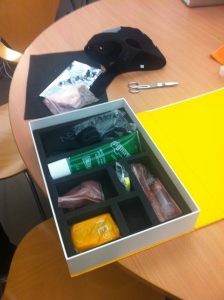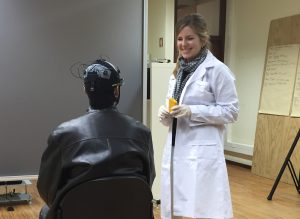If you’ve ever played the Chinese whispers game, you know it that the original message gets distorted by the time it reaches the final player with often hilarious effects. However, when it comes to research and neuroscience, the result of passing on information through various persons may not be as funny and innocent as an all-time-favourite game. Neuromyths are already gaining their way into different disciplines such as education and unfortunately doing quite well among teachers, as recent research suggests.
Over a decade ago, the OECD published a report about the importance of breakthroughs in brain science informing other disciplines, such as education (OECD 2002). The report also identified the danger of spread of misbeliefs about neuroscience and its relevance in education, which they called ‘neuromyths’ and defined as “a misconception generated by a misunderstanding, a misreading, or a misquoting of facts scientifically established (by brain research) to make a case for use of brain research in education and other contexts”. Since then, international studies have confirmed that many teachers actually believe in these neuromyths and suggested that a red flag is to be raised to stop this trend.
In a series of studies that included several European countries (UK, Holland and Spain) teachers were asked about their knowledge of the brain, their preferred sources of neuro knowledge and tried to identify the most common neuromyths. (Articles to both studies reporting results are open access – see Reference list where you'll also find the Latin American part of this study). The results showed that teachers actually care a whole lot about their practice as between 95% and 98% of teachers were interested in the brain and its role on learning and considered scientific knowledge about the brain very important for their teaching practice. However, only 7% stated they read primary scientific journals, as the rest read popular magazines about science or education or used internet pseudoscientific sources (Ferrero et al. 2016). Interestingly, those that read the actual scientific journals were in fact those which later identified best neuromyths amongst other neuro facts. However, having read educational magazines actually increased the belief in neuromyths. These findings suggest that teachers who are enthusiastic about the possible application of neuroscience findings in the classroom find it difficult to distinguish pseudoscience from scientific facts.
Overall, teachers agreed with 49% of the statements promoting myths indicating that they believed them to be true in the UK/Holland study, and from a total of 12 neuromyths presented, five were believed by more than 50% of the educators in the Spanish sample. The most prevalent neuromyths were
- “Environments that are rich in stimulus improve the brains of pre-school children.”
- “Individuals learn better when they receive information in their preferred learning style.”, and
- “Exercises that rehearse coordination of motor-perception skills can improve literacy skills”.
In contrast, the most successfully identified neuromyths (marked as ‘false’ by the teachers) were
- “Children must acquire their native language before a second language is learned.”
- “Learning problems associated with developmental differences in brain function cannot be remediated by education.”, and
- “If students do not drink sufficient amounts of water their brains shrink.” (Ferrero et al. 2016).
The fact that teachers who are most interested in brain research are also more susceptible to neuromyths is rather troublesome, since it may misguide their educational practice. The difficulty in differentiating between correct and incorrect information is a clash between the eagerness to implement their knowledge about the brain in educational practice and a lack of expertise in neuroscience. Experiments have shown that people with some neuroscientific knowledge (having done a short neuroscience course) were fooled by neuroscientific explanations in the same way as laypeople. Only neuroscience experts (having a degree in cognitive neuroscience or related areas) were able to correctly identify when the neuroscientific explanations were irrelevant to the actual core of the findings. Thus, the level of knowledge of the teachers in the aforementioned studies was not sufficient to protect them against the general credibility of neuroscience findings. “When teachers are eager to implement neuroscientific findings, but lack expertise in neuroscience and seek quick and easy solutions, they may fail to recognize misconceptions” (Weisberg 2007 in Dekker et al. 2012.).
Another issue worth mentioning is the commercial value of buzz-terms that pertain to neuroscience. The UK sample of teachers, for instance, showed stronger belief in some myths probably due to the proliferation of commercialised education ‘brain-based’ programmes. Those methods are sold under the vague idea of enhancing education thanks to neuroscience, such as Brain Gym or the VAK approach (visual, auditive or kinesthetic learning styles), but lack robust, scientific backing. Spain is seeing similar trend of new brain science programmes being introduced in schools (albeit more slowly).
Let us not forget, however, that teachers are not the only ones who can be easily fooled. Research has shown that people are actually more likely to believe research findings when they are accompanied by brain images (like this image below) and neuroscience explanations, regardless of their scientific correctness (Weisberg et al., 2007in Dekker et al.2012). “Weisberg found that the public’s perception of a poor explanation became more positive when neuroscience was included, even though the neuroscience was irrelevant. This may lead to misjudgements of scientific evidence.”
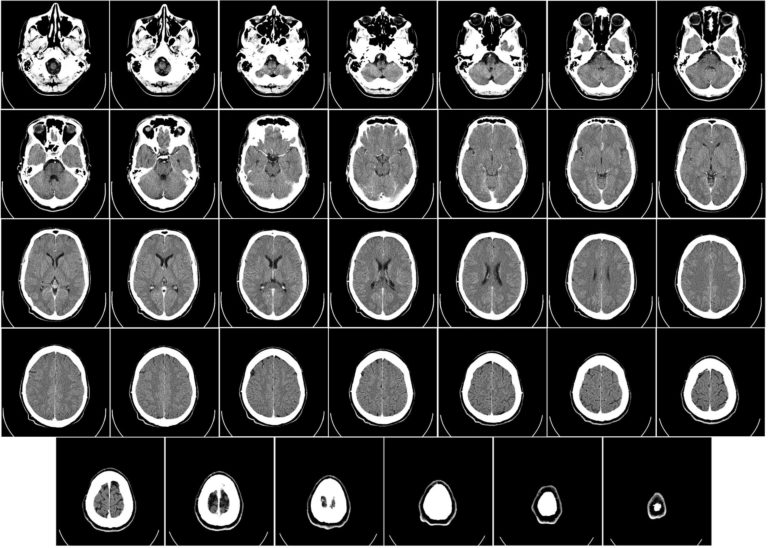
The teachers in the studies mentioned here were genuinely interested in brain science, hoping it would inform their teaching practice in the best way possible. However, they lacked perhaps in the depth and breadth of actual neuroscientific knowledge to be able to (1) understand how brain really works and what that means for their pedagogical practice, and (2) to identify facts from myths when coming across neuroscientific news. As per usual, good intentions are not enough to protect oneself from being fooled by the shiny promises of neuroscience when presented with incomplete, altered, rephrased findings that only then can be translated into actionable steps and applications in education and other fields.
What can be done, then? The researchers suggest various solutions to address these findings, such as “enhancing links between research and educational practice, where some experts have started elaborating papers to properly inform laypeople about some of the main findings of neuroscience applied to education” (Ferrer et al. 2016). Teacher training is also mentioned as the place where trainee teachers can learn the skills to critically identify relevant neuroscientific information in their practice. Finally, non-commercial in-service courses can address the common myths for those who are already applying their knowledge in the classroom.
As for other non-experts (including yours truly) let us not be fooled by the neuro jargon and brain scan images, but rather ‘consume responsibly’ the latest neuroscientific news. Ultimately, a decent dose of critical scepticism should protect us from the spread of neuromyths.
REFERENCES:
Carreira, S. (2018) ‘Eso que crees de la neuroeducación es mentira, La Voz de Galicia, 3.12.201, available: https://www.lavozdegalicia.es/noticia/educacion/2018/11/21/neuromito/00031542825201509389918.htm
Dekker, S., Lee, N. C., Howard-Jones, P., and Jolles, J. (2012) Neuromyths in education: prevalence and predictors of misconceptions among teachers. Frontiers in Psychology, 3:429. doi: 10.3389/fpsyg.2012.00429
Ferrero, M., Garaizar, P., and Vadillo, M.A. (2016) Neuromyths in Education: Prevalence among Spanish Teachers and an Exploration of Cross-Cultural Variation. Frontiers in Human Neuroscience, 10: 496. doi: 10.3389/fnhum.2016.00496
Gleichgerrcht, E., Luttges, B. L., Salvarezza, F., and Campos, A. L. (2015). Educational neuromyths among teachers in Latin America. Mind Brain Education, 9, 170–178. doi: 10.1111/mbe.12086
Organisation for Economic Co-operation and Development (2002) Understanding the Brain: Towards a New Learning Science. Paris: OECD.



